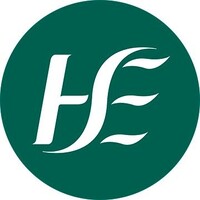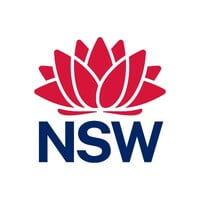
Health Service Executive
Our purpose is to provide safe, high quality health and personal social services to the population of Ireland. Our vision is a healthier Ireland with a high quality health service valued by all. Our Workforce The health service is the largest employer in the state with over 110,000 whole time equivalents (WTEs) (not including home helps) employed. Over 70,000 are employed directly by the HSE with the remaining 40,000 employed by voluntary hospitals and agencies. Our vision for healthcare is to put people at the heart of everything we do – we are committed to delivering high quality safe healthcare to our service users, communities and the wider population. Our staff are at the core of the delivery of healthcare services, working within and across all care settings in communities, hospitals and healthcare offices.






